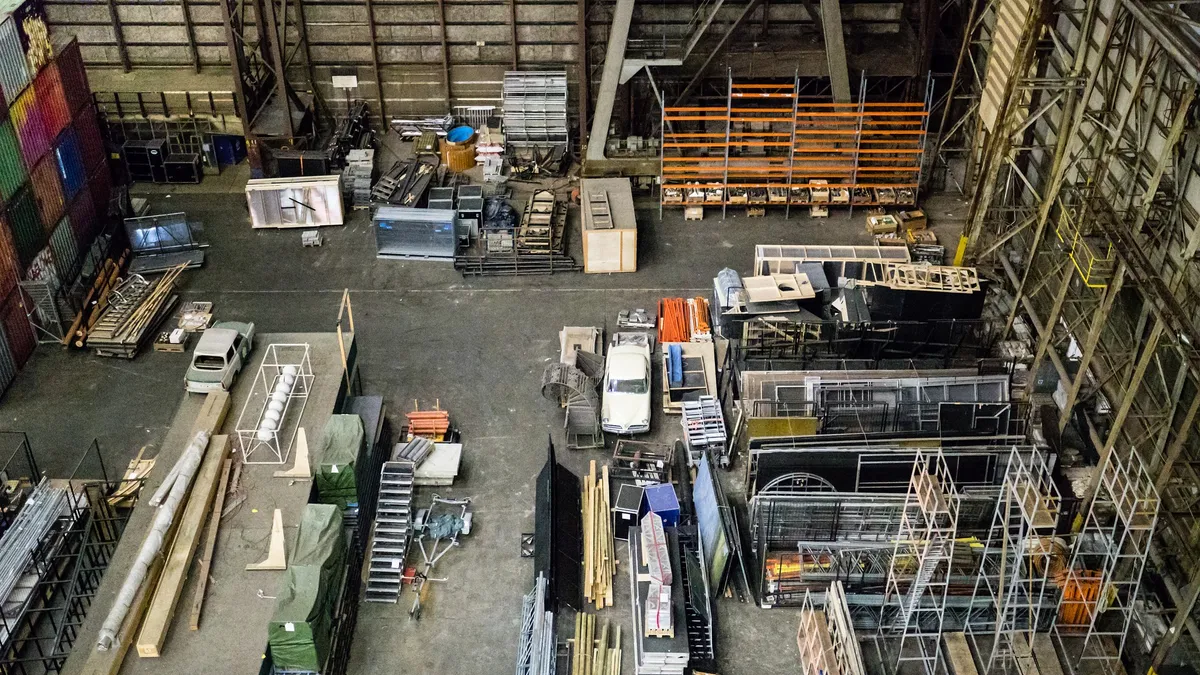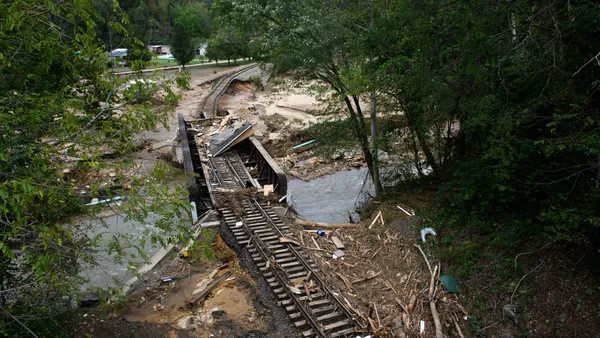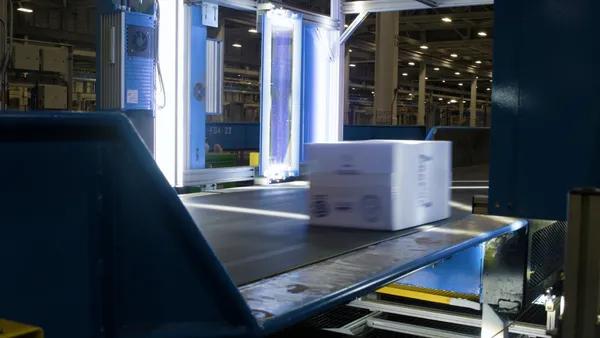Supply chain underwent a sea change in 2016. While the rise of e-commerce, overcapacity in the shipping industry and the proliferation of autonomous technology are hardly new trends, multiple events revealed the consequent strategy shifts among shippers and carriers alike.
If 2017 promises to be a defining year for supply chain management, it is because of the events and stories that defined 2016. As we reflect on the year's end and prepare for the year to come, Supply Chain Dive has put together a list of six stories that best exemplify the dynamic shifts in the value chain:
A whole new shipping and regulatory world
The world of shipping was altered drastically this year: an expanded Panama Canal, a new set of alliances and widespread consolidation will all impact trade routes next year. The biggest splash, however, came in August when the world's seventh-largest shipping line went bankrupt, revealing the financial risk associated with many expanding carriers.
Meanwhile, various new regulations — from international emissions regulations to the verified gross mass amendment — impacted the industry, but the biggest potential disruption arrived in the form of President-elect Donald Trump paired with a Republican-controlled Congress. Promises of rollbacks on regulatory burdens, infrastructure reform and negotiations for stronger trade positioning appear to be on the horizon.
-
Hanjin: A timeline of actions and disruptions
As Hanjin divests its remaining Trans-Pacific assets today, we look back at the major disruptions and events stemming from the shipping line's bankruptcy. Read More >>
-
Why supply chain managers should care about Trump's $1 trillion infrastructure plan
A widening infrastructure funding gap raises the persistent question - should basic maintenance upon supply chains occur now or later, and what will it mean for the country's competitiveness? Read More >>
-
How e-commerce sparked a logistics boom
New actors in a healthy economy rose to address the disruptions caused by tightened fulfillment timelines. Read More >>
-
Why logistics startups are a hot investment
Technological expertise and an eye for inefficiencies drive new companies from innovation to acquisition. Read More >>
-
How CVS-Walgreens battle for market share through their supply chains
Vertical and horizontal supply chains face off within a competitive health retail and pharmaceutical brokerage market.Read More >>
-
Why Supply Chain as a Service is inevitable
On-premise solutions will go out of style as companies turn to SCaaS for a more sustainable and effective way to manage their supply networks. Read More >>
Technology thrives as storage needs soar
The rise of e-commerce has long forced retailers to adjust their inventory strategies and distribution channels in the face of tightened fulfillment timelines. Yet 2016 revealed another effect: as the e-commerce market matures, it demands that logistics providers invest in greater storage capacity located nationwide as companies aim to keep up with rising consumer demands.
The logistics boom, as we call it, is bringing thousands of jobs back to previously neglected regions, all the while increasing demand for a new set of tech-based startups to create innovative solutions. Meanwhile, larger corporations are struggling to catch up.
Vertical chains return to uncertain results
What do Nike, Amazon, Blue Apron and CVS have in common? Over the years, each company has sought to take control of its supply chain in order to increase oversight while securing internal synergies. However, several events in 2016 demonstrated that this strategy, while appealing in the age of just-in-time manufacturing and e-commerce, is highly risky.
Meanwhile, 3PL and SaaS-providers thrive by helping companies embrace a more horizontal supply chain. The many demands of supply chain management have created a mantra of sorts: "greater supply chain visibility and agility will increase efficiency," and 3PLs, 4PLs and SaaS companies will happily step into the space for technological innovation ... for a premium.














